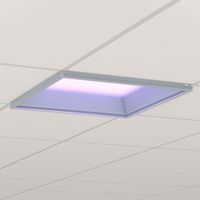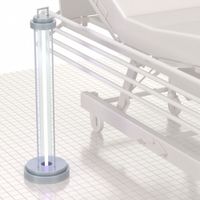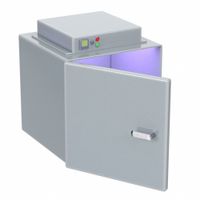- Home
- Lighting
- Lighting Fixtures Retrofit Kits
- Disinfecting Sanitizing Uv Lights
Disinfecting & Sanitizing UV Lights
Disinfecting and sanitizing lights produce UV-A or UV-C rays to decontaminate surfaces or air. They supplement other cleaning methods to reduce pathogen exposure and help limit the spread of infections. Also called germicidal lights, they target specific pathogens (e.g., viruses or bacteria) dependi .....Read More
Frequently Asked Questions
What is the difference between UV-A and UV-C rays in disinfection?
How effective are UV-C lights in killing viruses and bacteria?
Can UV-C lights be used safely in occupied spaces?
What precautions should be taken when using UV-C lights?
How long does it take for UV-C lights to disinfect a surface or air?
Are there any health risks associated with UV-C light exposure?
How do I choose the right UV-C light for my needs?



